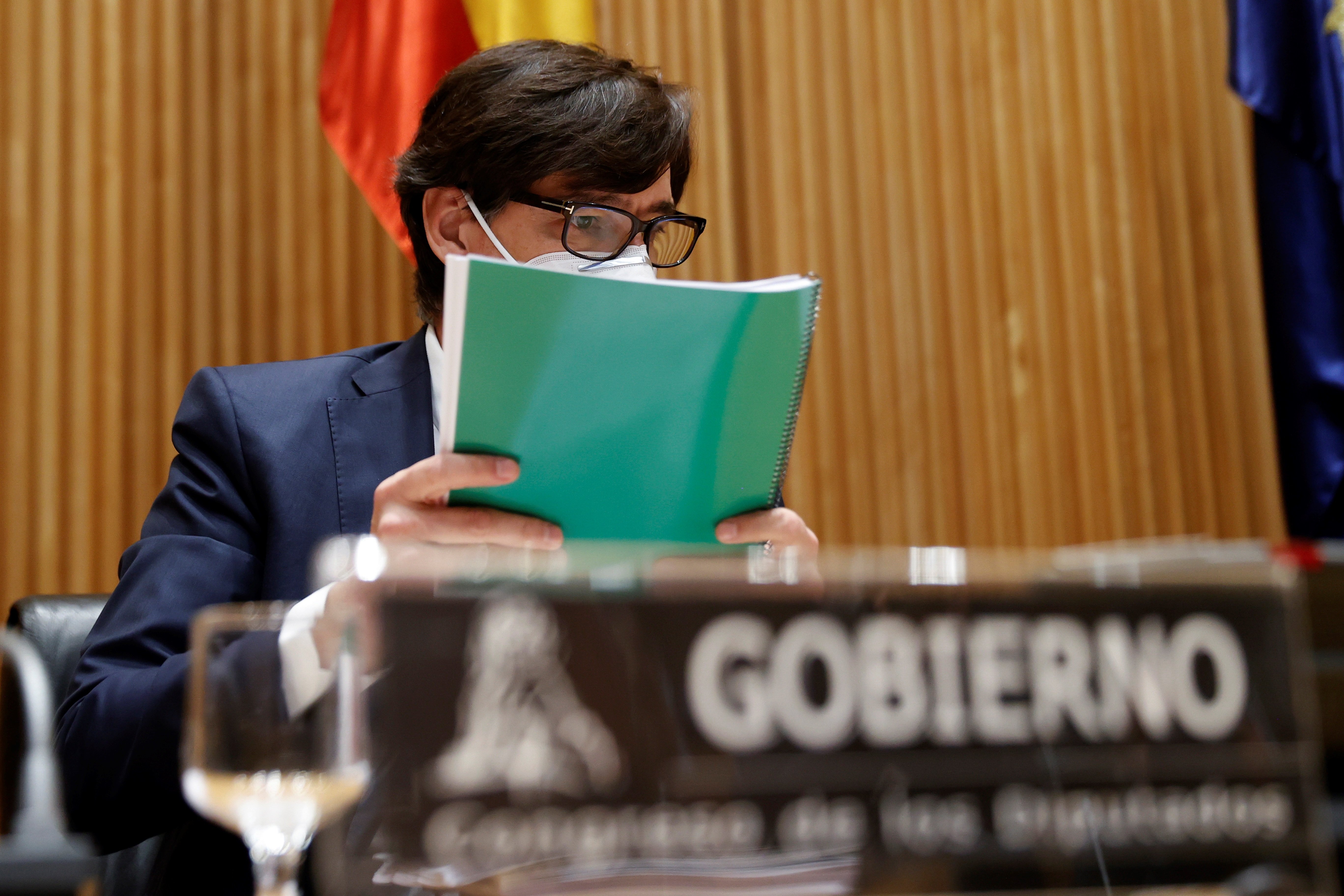The timetable for coronavirus vaccination in Spain has now become slightly clearer. It was minister Salvador Illa himself who provided the new details. As he explained at a breakfast information session on Monday morning, the European Medicines Agency (EMA) will meet "no later than December 29th" to discuss the Pfizer vaccine. About two weeks later, on January 12th, it will do the same with the Moderna vaccine. Once these receive the endorsement of the EMA, the vaccines will arrive in Spain to be distributed and dosed to the public. The health minister said the arrival of the first doses would be on 4th or 5th January and the start of vaccination "in mid-January". He guaranteed that there would be "surplus" doses.
The minister highlighted the European coordination which is taking place for equitable acquisition and distribution of vaccines. The whole process, he recalled, depends on final approval by the European Medicines Agency. The Pfizer vaccine, already authorized in countries such as the United Kingdom, should be rolled out after approval by the EMA on December 29th at the latest. After the Moderna vaccine is considered on January 12th, the AstraZeneca and Janssen vaccines will follow in subsequent EMA meetings.
Europe has acquired a portfolio of seven different vaccines with a total of 1.4 billion doses. Of these, 140 million doses are expected to arrive in Spain, a quantity which could immunize 80 million citizens. The health minister wanted to guarantee that "there will be a vaccine for everyone" and that there would even be "some over". Of course, the arrival will be "progressive".
The vaccination plan
The vaccination plan approved by the Spanish government divides the process into three phases and fifteen population groups. In the first phase, from January to early March, there will be an "initial supply" of vaccines. It will be directed towards about two and a half million Spaniards in the four top priority groups:
1. Elderly residents of care homes
2. Personnel in residential care homes
3. Health care personnel
4. People with serious disabilities, not institutionalised
In the second stage, which will run from March to early June, a "gradual increase" in the arrival of vaccines is expected. The third and final phase, which will continue "during the summer months", will seek to vaccinate the entire Spanish population. The vaccionation of the other eleven groups will take place in these two stages. The groups are as follows:
5. People at risk, including all those over 64 years of age
6. People who live or work in communities in closed environments
7. People vulnerable due to their socio-economic situations
8. Workers in essential sectors
9. All teaching staff
10. The general population of children, up to age 16
11. The adolescent population, 16 and over
12. The entire adult population
13. Residents in areas of high incidence or with potential for outbreaks
14. Pregnant women and breastfeeding mothers
15. People who have already had Covid-19 and have antibodies

